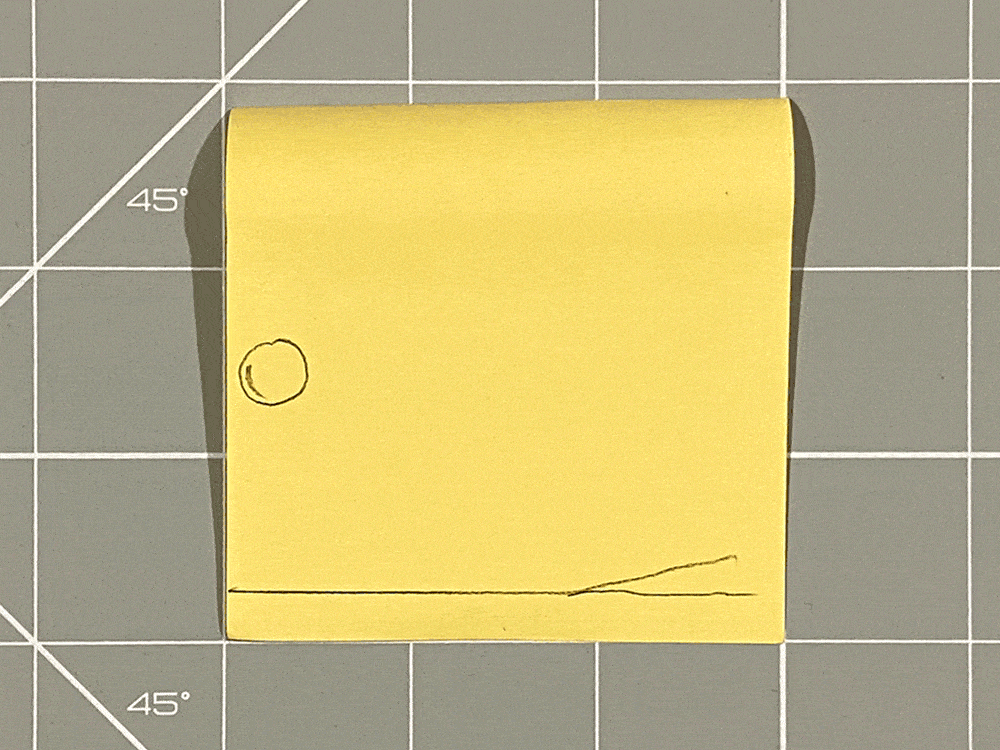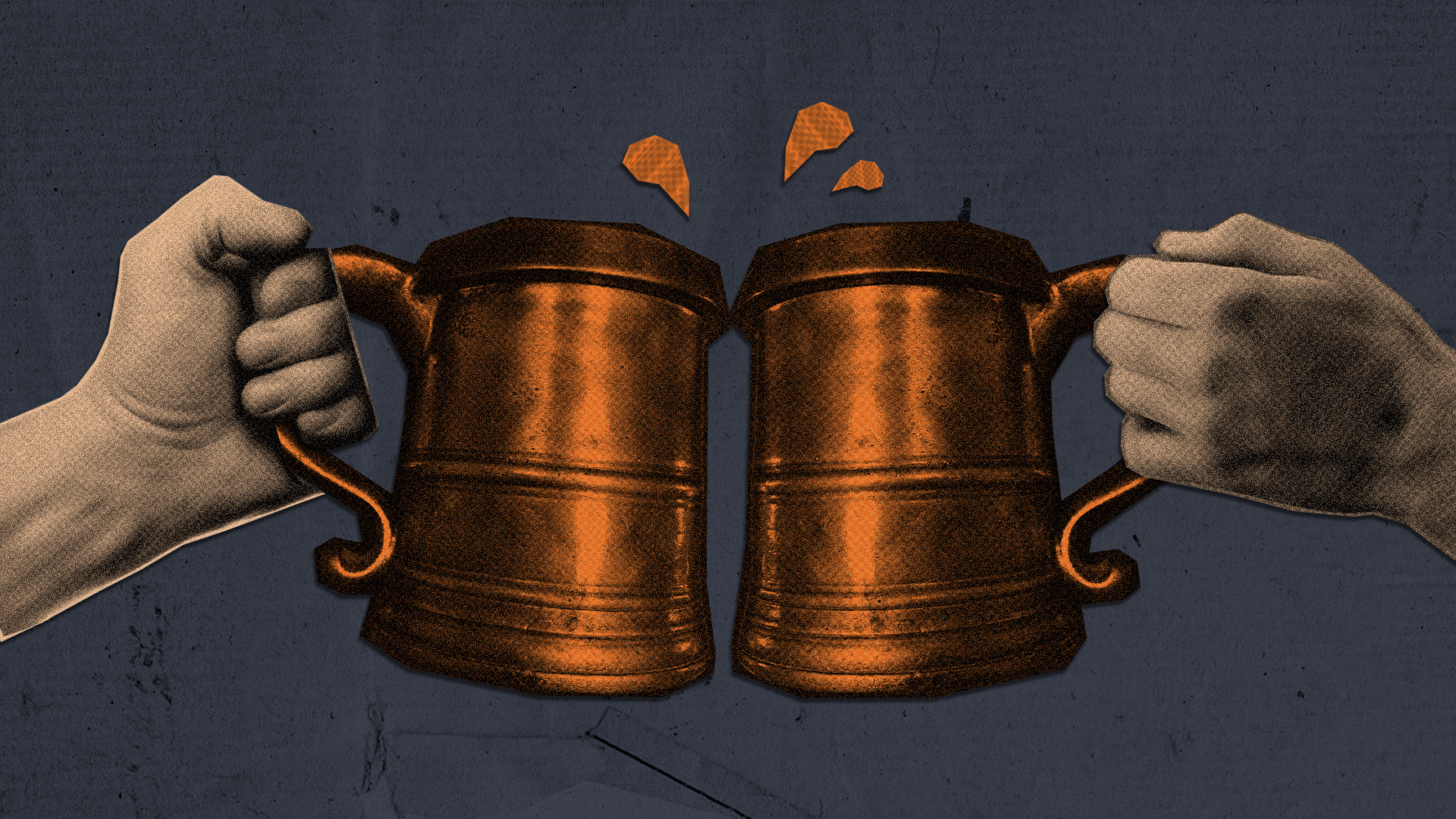NELSON’S SPIRIT
CHARACTER ANIMATION
MOTION DESIGN
NARRATIVE
Motion sequence depicting a tale which inspired the novel ‘The Trumpet Major’ by Thomas Hardy. The outcome is a heavily stylised, abstract animation that tells an engaging story.
Collaborative project including work by Fortune Aduroja, Daniel Bryant and Jack Colley.
Collaborative project including work by Fortune Aduroja, Daniel Bryant and Jack Colley.
Process
As this was my first motion project, I researched into the basics of animation. After researching basic animation principles such as squash, stretch and anticipation, I produced a simple hand drawn flipbook sequence of a ball bouncing.
This exercise gave me a much better understanding of animation, which was crucial to making more lively and visually appealing motion in my final sequence.


Storyboards and Animatic
My team and I each made a few rough storyboards of our own to brainstorm ideas which we presented to each other. This allowed us to finalise our narrative before we began to collectively work on one final storyboard.
We drew storyboards onto post it notes which allowed us to change and reorganise frames as necessary. This made working collaboratively easier and gave us each an equal say in the storyboard of our narrative. After this, a final clean version designed in Illustrator.
Using our final storyboard, we made an animatic which allowed to get an idea of how long our animation would be and let us test sound effects. Using our provided audio, the animatic was created using simple motions in After Effects. We would go on to reference this animatic when we were animating our final sequence.



Visual Development
Early in our discussions of the story we contemplated using an abstract approach as we thought highly detailed motion would become too busy on the screen. We ultimately decided it would be best to find a balance between abstract and grounded visuals. After deciding this we moved on to researching different art styles.
At first we discussed a style inspired by Saul Bass, using blocky silhouette illustrations, looking as if the illustrations were made from cut out paper. I experimented by illustrating Thomas Hardy in this style, though my team and I decided not to pursue this direction as we felt it lacked detail.
My team and I then researched Dadaism, an avant-garde, collage-like art movement which often uses cut-outs from various pictures to make a single piece.


Key Frames
Once we settled on a visual style, we began designing assets to use in our final animation in Photoshop. We composed each key scene in Photoshop, at a resolution of 1920x1080 to match the size of our video. This streamlined our animation process greatly, as once the .psd files were imported to After Effects we already had compositions with assets as layers ready to animate.





Animating
We decided that movement should look choppy and rough, as if the assets were moved by hand. We decided to animate in 12 frames per second as this would make the motion more authentic to our visual style. When animating characters we initially experimented with rigging, though quickly found this to be slow and counterproductive to our visual style due to its clean and refined motion. We instead opted to simply parent each layer of characters together and manually position, rotate and scale these layers which we found easier.
My team and I each animated our allocated scenes which we then saved as pre-compositions in After Effects that could then all be added and cut together into one composition in a single master file.


OWEN BLUE 2025.
